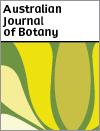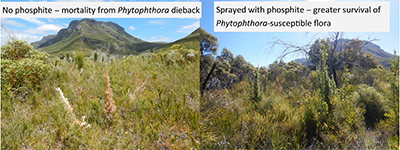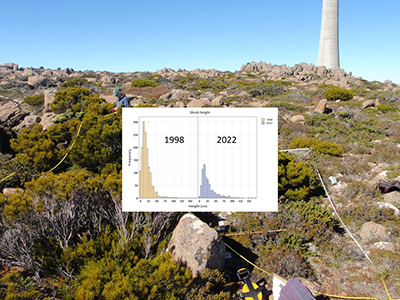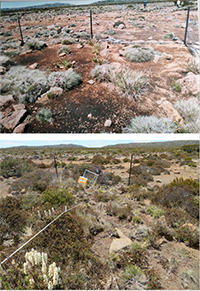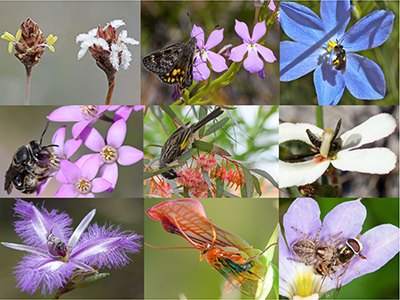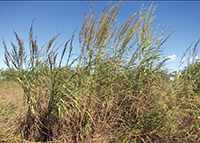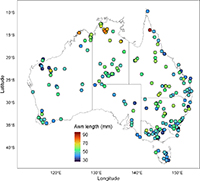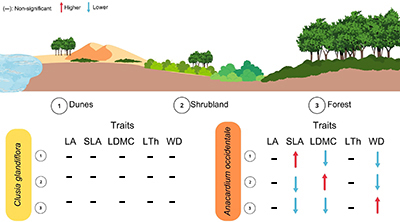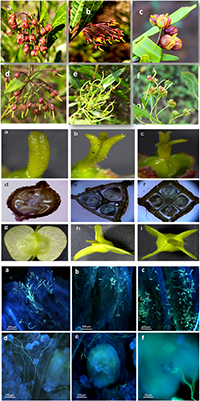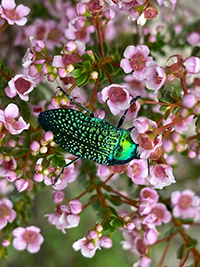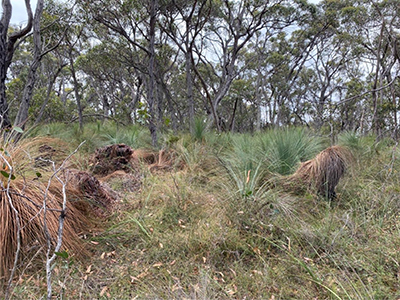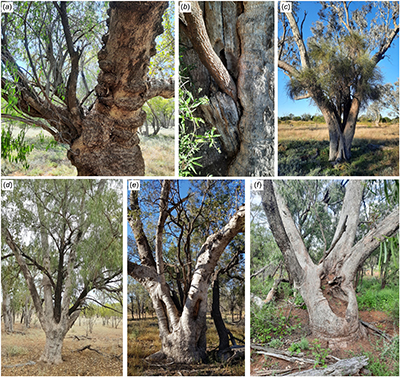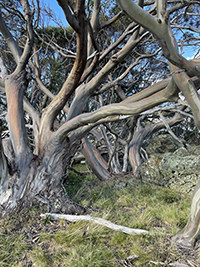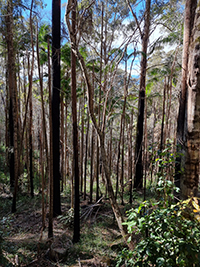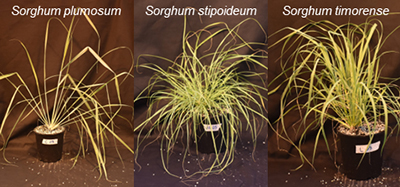BT23081Mitigation of disease and browsing impacts, and translocation, supports post-fire threatened flora recovery
 , Megan Dilly, Ben Varcoe, Darcy Martin, Bayley Castlehow and Carl R. Gosper
, Megan Dilly, Ben Varcoe, Darcy Martin, Bayley Castlehow and Carl R. Gosper 
Mitigation of the impacts of Phytophthora dieback and browsing by mammalian herbivores improved post-fire survival and/or growth of threatened flora in the Stirling Range (Koi Kyeunu-ruff), Western Australia. Translocated populations had greater growth and earlier flowering than wild populations. Mitigating non-fire regime threats supported post-fire recovery of threatened flora. Photographs by S. Barrett (Department of Biodiversity, Conservation and Attractions).
BT23081 Abstract | BT23081 Full Text | BT23081PDF (2.6 MB) Open Access Article


